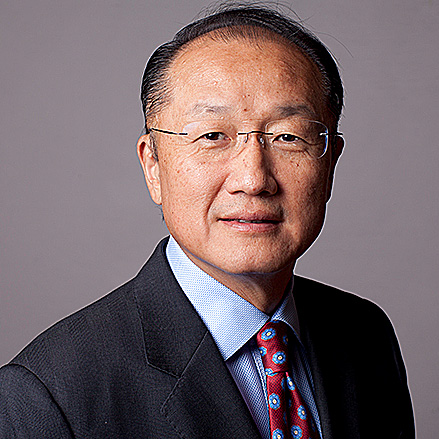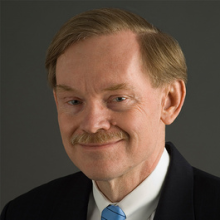Learn more about the past presidents of the World Bank Group. This page provides an overview of World Bank Group presidents' contributions to global development and the varying challenges they faced while in office.
Explore History
Past Presidents
-
 David R. MalpassApril 9, 2019 – June 1, 2023
David R. MalpassApril 9, 2019 – June 1, 2023Oversaw the WBG’s largest ever crisis response during the COVID-19 pandemic, more than doubled the institution’s investment in climate-related projects, and initiated the Evolution Roadmap reform process.
-
 Jim Yong KimJuly 1, 2012 - February 1, 2019
Jim Yong KimJuly 1, 2012 - February 1, 2019Established a bold agenda for the international development community: end extreme poverty by 2030 and sustainably build shared prosperity by boosting the incomes of the poorest 40% of the population.
-
 Robert B. ZoellickJuly 1, 2007 - June 30, 2012
Robert B. ZoellickJuly 1, 2007 - June 30, 2012Modernized and recapitalized the World Bank by prioritizing good governance and anti-corruption strategies while confronted with the global financial crisis of 2008-2009 and post-conflict issues in member states.
-
 Paul D. WolfowitzJune 1, 2005 - June 30, 2007
Paul D. WolfowitzJune 1, 2005 - June 30, 2007Emphasized support on Africa through the Bank's Africa Action Plan (AAP), pursued a strategy on clean energy and climate change, and advocated for the repatriation of looted assets to developing countries.
-
 James D. WolfensohnJune 1, 1995 - May 31, 2005
James D. WolfensohnJune 1, 1995 - May 31, 2005Prioritized the Bank's core purpose: fight global poverty and help the world's poor forge better lives. Known as the "Renaissance Banker", Wolfensohn pursued many initiatives including debt relief and the fight against the "cancer of corruption".
-
 Lewis T. PrestonSeptember 1, 1991 - May 4, 1995
Lewis T. PrestonSeptember 1, 1991 - May 4, 1995Led the Bank with agility and responsiveness to meet the changing needs of members: welcoming former Soviet Republics as new members, establishing lending programs in the newly democratic South Africa, and resuming lending operations in Vietnam.
-
 Barber ConableJuly 1, 1986 - August 31, 1991
Barber ConableJuly 1, 1986 - August 31, 1991Realigned his administration with the Bank's central mission of alleviating poverty and recognized the significance of tackling environmental problems. He also oversaw the most extensive reorganization in the Bank's history.
-
 A. W. ClausenJuly 1, 1981 - June 30, 1986
A. W. ClausenJuly 1, 1981 - June 30, 1986Oversaw the expansion of structural adjustment lending during the debt crisis of the early 1980s and emphasized the need for additional assistance to sub-Saharan Africa to provide development infrastructure.
-
 Robert S. McNamaraApril 1, 1968 - June 30, 1981
Robert S. McNamaraApril 1, 1968 - June 30, 1981Transformed the World Bank into a development organization by focusing on the needs of people living in extreme poverty. Expanded operations into new sectors and dramatically increased lending commitments and the number of Bank staff.
-
 George D. WoodsJanuary 1, 1963 - March 31, 1968
George D. WoodsJanuary 1, 1963 - March 31, 1968Reinforced the Bank's role as a development institution and redirected its focus and resources to the analysis of development and the support of relevant economic activities.
-
 Eugene R. BlackJuly 1, 1949 - December 31, 1962
Eugene R. BlackJuly 1, 1949 - December 31, 1962Established the Bank as an impartial mediator in international disputes, built the Bank's credit in U.S. capital markets, and formalized operational policies. Two major affiliates were created during his administration: IFC and IDA.
-
 John J. McCloyMarch 17, 1947 - June 30, 1949
John J. McCloyMarch 17, 1947 - June 30, 1949Solidified the Bank's role as a lending institution and clarified the respective roles of the executive directors and the president. Agreement between the World Bank and the United Nations was formalized during his administration.
-
 Eugene MeyerJune 18, 1946 - December 18 1946
Eugene MeyerJune 18, 1946 - December 18 1946Laid the groundwork for the World Bank: defined the Bank's mission, appointed senior staff, hired personnel capable of analyzing loan proposals, and began the important task of building confidence in the Bank on Wall Street.